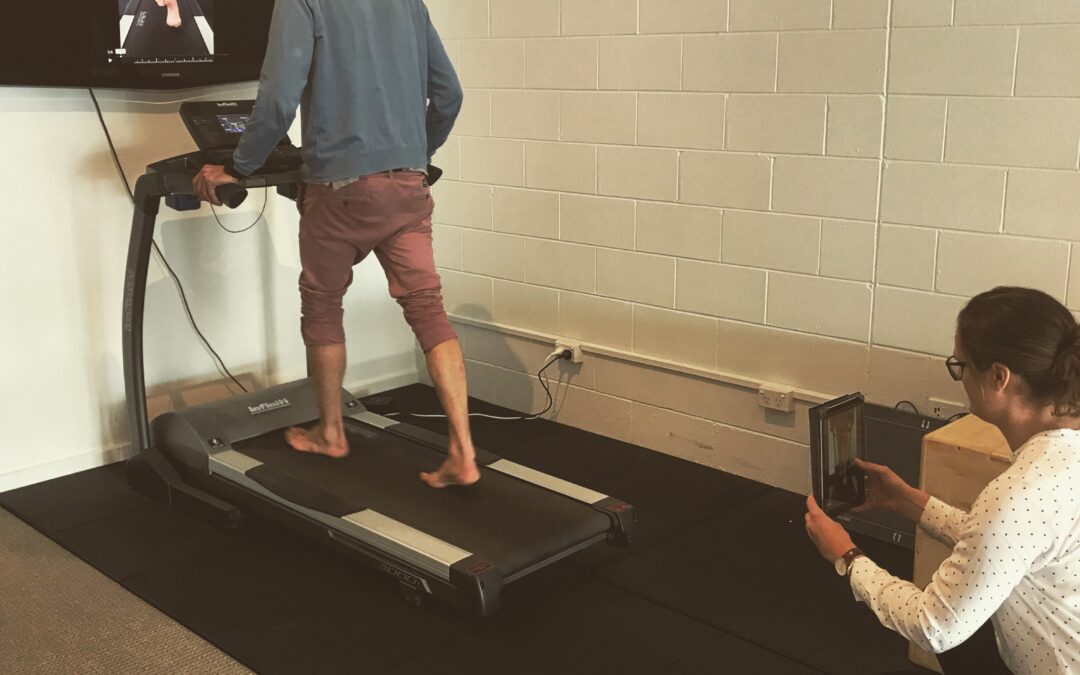Barefoot running. Midfoot strike. 180 cadence. Over striding. Knee drive.
If you are a keen runner or looking to begin to run, these are some of the terms you will come across in the overall debate… ‘What is the optimal running technique to reduce your risk of injury and increase you efficiency’?
As podiatrists, we treat and manage injuries of lots of runners in the clinic and are often asked about run technique. When assessing run technique there is no ‘one size fits all’ approach, but through plantar plate assessment and video gait analysis we look at small adjustments to help increase your efficiency and enable you to reach your goals, either it be Park Run on the weekend or Melbourne Marathon.
Our podiatrist, Rosie Sharp, has put together some key things to consider before considering adjusting your running technique, to help reduce your risk of injury and keep you pain free.
1. Load
- The number one cause of injury is incorrect training load. When looking at modifying your run technique, you want to begin with small changes across your training load to help reduce risk of overload and injury. Any change, even if a positive one can lead to adaptation soreness and so we want these changes to be gradual overtime.
- A great tip is to start with changing your footwear, increasing your cadence by 1-2 (steps per minute) or incorporating some stairs into your program.
2. Strong Feet and Legs
- 1000 years ago we didn’t wear shoes and were able to run barefoot, however, we also didn’t spent our days sitting down or walking on concrete. Each foot is made up of 26 little bones and more than 100 muscles, tendons and ligaments. Over time footwear, physical activity, hard surfaces and previous injury, leads to reduced foot proprioception and inflexible feet, not allowing them to function to their full potential.
- Try taking your shoes off and balancing on one leg for 30 seconds, easy? Probably not. There are multiple structures involved in this stability from your hips to your feet and if this is difficult further assessment may be needed.
3. Footwear
- Footwear is designed to reduce pressure through our heel and provide cushioning and comfort to our feet. Running shoes generally have a 10-12mm heel height (height difference between the heel and the ball of your foot) and overtime our achilles tendon, plantar fascia and calf have adapted to operating at a shortened position.
- If you are looking to try a lighter, less structured shoe, a rule of thumb is to go no less than half your current heel pitch. Example if you are running in a Brooks Glycerin 12mm heel drop, trial a Saucony Ride 8mm drop.
4. Injuries
- There is generally never one specific cause of an injury, but a combination of multiple factors eg. load, footwear, biomechanics. Before changing your gait patterns it is important to determine and address the causes of your current injury.
- Gait technique can be used as one part of a management plan for an injury. Evidence has shown that there can be a reduction in symptoms through a midfoot strike in anterior shin pain (shin splints) or anterior knee pain (patellofemoral pain) due to the change in ground reaction forces.
- If you are think that gait technique may be suitable for you, please contact a podiatrist or physiotherapist before hand to have your injury assessed and a specific management plan designed for you.
If you have are looking at having your run technique reviewed or any niggling injuries, please feel free to contact the team at TSMC. We would love to help you keep active, healthy and happy!
Rosie Sharp
Sports Podiatrist
[email protected]
